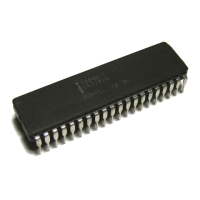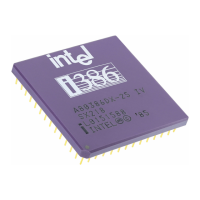I/O Subsystem
R
122 Intel
®
815 Chipset Platform Design Guide
10.4 Using Native USB Interface
The following are general guidelines for the native USB interface:
• Unused USB ports should be terminated with 15 kΩ pull-down resistors on both P+/P- data
lines.
• 15 Ω series resistors should be placed as close as possible to the ICH (<1 inch). These series
resistors provide source termination of the reflected signal.
• 47 pF capacitors must be placed as close as possible to the ICH as well as on the ICH side of
the series resistors on the USB data lines (P0±, P1±). These capacitors are for signal quality
(rise/fall time) and to help minimize EMI radiation.
• 15 kΩ ±5% pull-down resistors should be placed on the USB side of the series resistors on the
USB data lines (P0±, P1±). They provide the signal termination required by the USB
specification. The stub should be as short as possible.
• The trace impedance for the P0± and P1± signals should be 45 Ω (to ground) for each USB
signal P+ or P-. This may be achieved with 9-mil-wide traces on the motherboard based on the
stack-up recommended in Figure 3. The impedance is 90 Ω between the differential signal
pairs P+ and P-, to match the 90 Ω USB twisted-pair cable impedance. Note that the twisted-
pair characteristic impedance of 90 Ω is the series impedance of both wires, which results in
an individual wire presenting a 45 Ω impedance. The trace impedance can be controlled by
carefully selecting the trace width, trace distance from power or ground planes, and physical
proximity of nearby traces.
• USB data lines should be routed as ‘critical signals’ (i.e., hand-routing preferred). The P+/P-
signal pair should be routed together and not parallel to other signal traces, to minimize cross-
talk. Doubling the space from the P+/P- signal pair to adjacent signal traces will help to
prevent cross-talk. The P+/P- signal traces should also be the same length, which will
minimize the effect of common mode current on EMI.

